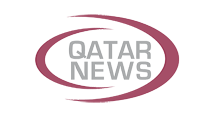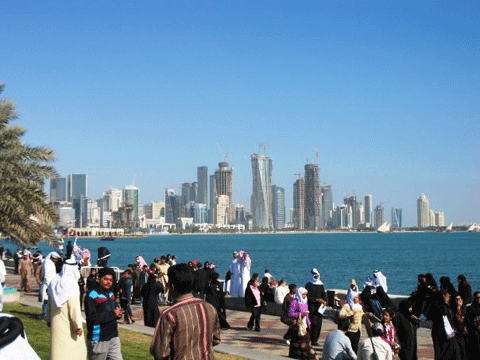Tensions between the United States and Iran have escalated dramatically after a top Iranian military commander Qassem Soleimani was killed on Friday in a US air attack on Baghdad International Airport.
The Pentagon said US President Donald Trump ordered Soleimani’s “killing” after a group of Iraqi militia members and supporters attempted to storm the US embassy in Iraq on Tuesday, breaking through the perimeter and setting a number of fires.
More:
Iran’s Supreme Leader Ayatollah Ali Khamenei swiftly pledged to take “severe revenge” for Soleimani’s death, the biggest escalation yet in a feared proxy war between Iran and the US on Iraq, where the US and Iran have vied for influence since the US-led invasion in 2003.
While the US has maintained a military presence in the country, leading a coalition to fight the ISIL (ISIS) group, Iran wields vast influence over Iraqi politics and also backs a number of Iraqi militias within the Popular Mobilisation Forces (PMF), an umbrella of armed groups. The militias have long sought the withdrawal of US forces from Iraq.
Amid concern that the killing of Soleimani could lead to a military escalation in Iraq and the wider region, here is a recap of the recent events that led to the killing:
US contractor killed
On December 27, a rocket attack on an Iraqi military base in Kirkuk killed a US contractor and wounded several US servicemembers and Iraqi personnel.
In its statement confirming the attack, the US-led coalition against the ISIL did not specify who might be responsible, but US officials later blamed Kataib Hezbollah, an Iran-backed militia, for the attack.
US targets militia sites
Two days later, the US military carried out “defensive strikes” on sites in Iraq and Syria belonging to Kataib Hezbollah that Washington said was in retaliation for the killing of the US contractor.
Iraqi security and militia sources said at least 25 fighters were killed and 55 others wounded following the air attacks in Iraq on Sunday.
At least four Kataib Hezbollah commanders were among the dead, the sources said, adding that one of the raids had hit the Iran-backed group’s headquarters near the western al-Qaim district on the border with Syria.
Iran strongly condemned the attacks with a government spokesman saying: “America has shown its firm support for terrorism and its neglect for the independence and sovereignty of countries and it must accept consequences for its illegal act.”
Protesters storm US embassy
On December 31, enraged members and supporters of pro-Iranian paramilitary groups in Iraq, broke into the heavily fortified US embassy compound in Baghdad, smashing a main door and setting parts of its perimeter on fire.
Trump blamed Iran for killing the US contractor and the ensuing tensions around the embassy.
“Iran is orchestrating an attack on the US Embassy in Iraq. They will be held fully responsible,” he wrote on Twitter.
….Iran will be held fully responsible for lives lost, or damage incurred, at any of our facilities. They will pay a very BIG PRICE! This is not a Warning, it is a Threat. Happy New Year!
— Donald J. Trump (@realDonaldTrump) December 31, 2019
US troops and Iraqi security forces fired tear gas and stun grenades at the protesters – PMF members and their supporters – who had encircled the embassy compound.
The sit-in ended on Wednesday.
Meanwhile, on Thursday, US Secretary of Defense Mark Esper said there were “some indications” that Iran or groups it supports “may be planning additional attacks” on US interests in the Middle East.
“If that happens then we will act and by the way, if we get word of attacks or some type indication, we will take pre-emptive action as well to protect American forces to protect American lives,” the Pentagon chief told reporters.
SOURCE:
Al Jazeera and news agencies













